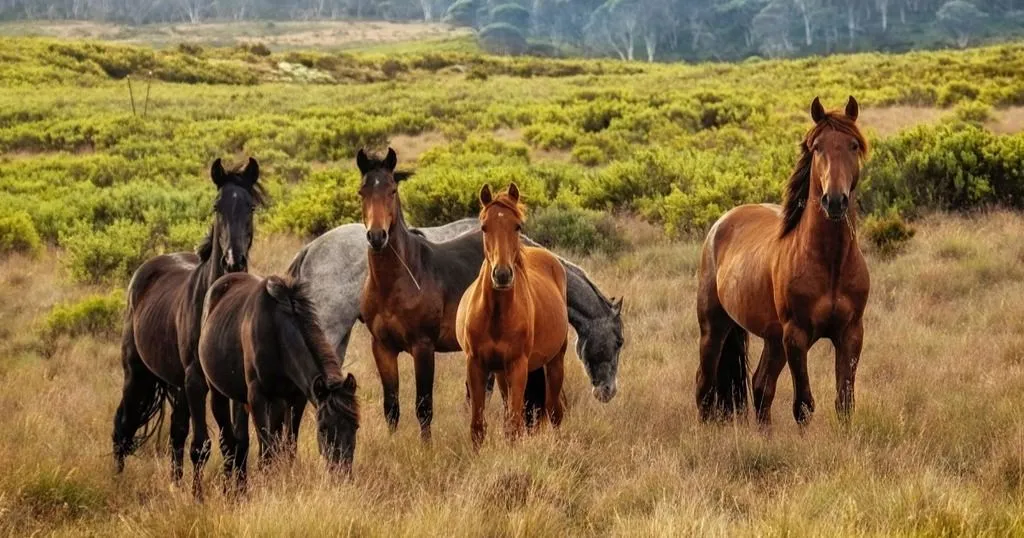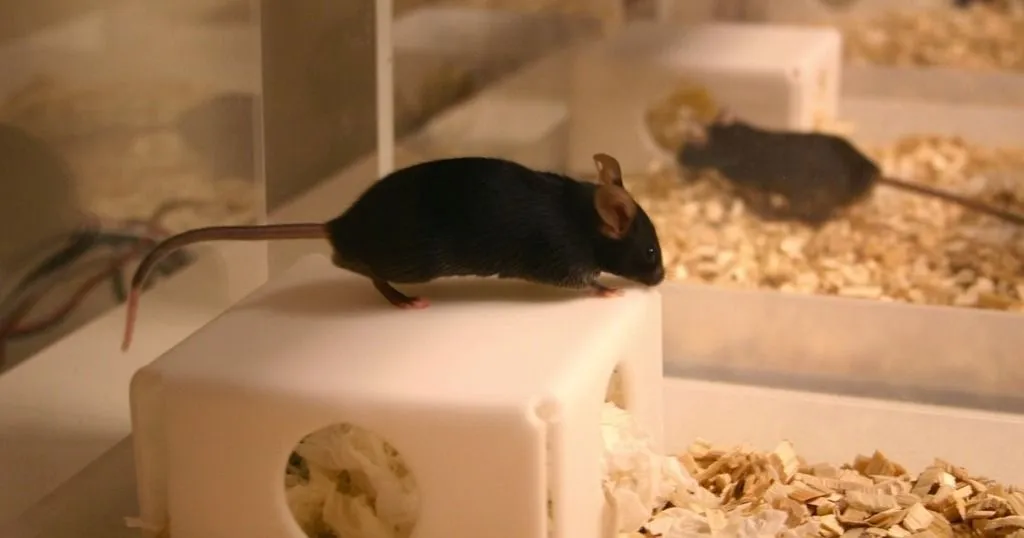Combining physiology and behavior to create a stress scale for horses
We all are familiar with stress, and how it can have an impact not only on our behavior, but on our bodies and physiology as well. Many people get stress headaches or start to feel sick if they reach high levels of stress.
Posted by
Published on
Tue 02 Jul. 2013
Topics
| Behavioral Research | Heart Rate | Horses | Mobile Observation | The Observer XT |

We all are familiar with stress, and how it can have an impact not only on our behavior, but on our bodies and physiology as well. Many people get stress headaches or start to feel sick if they reach high levels of stress. However, most studies use scales which focus on behavioral scores for animals and don’t account for the physiological responses to stress. Young et al.’s goal was to create a scale that could rapidly and reliably measure stress in domestic stable horses while integrating both behavioral and physiological measures.
Mixed results in previous studies
One thing to note is that there have been mixed results in studies which have tried to correlate physiological measures with behavioral measures. Some studies have had success and found links between the two, where others have found no link or correlation between the behavioral and physiological measures they were studying.
Using husbandry routines for evaluating stress
For this study, a sample of 32 horses (a mixture of various breeds of mares and geldings) were used, and all of the horses were kept on similar exercise and management routines. The goal was to use behavioral and physiological measures to analyze stress levels in domestic horses during everyday husbandry routines. The four husbandry procedures used in this study were the sound of electric coat clippers, social isolation, grooming procedures, and the sound of fireworks played on a CD. Each husbandry procedure lasted 10 minutes, the amount of time researchers predicted that a stress response would occur in.
Recording behavior using The Observer XT
The behavior of the horses during the husbandry procedures was recorded on video and The Observer XT was used for 12 horses to analyze the first five minutes of the behavioral reaction to the husbandry procedure. (This used a pre-defined ethogram, which can be found in the paper.) A panel of 13 expert members was also compiled. These panel members gave behavioral scores of 1-10 on how stressed they thought the horse was. They were also asked to describe the horse’s behavior at this score and to note when they thought the onset of stress occurred.
Physiological measures
The physiological measures used in this experiment were heart rate and salivary cortisol, because these were able to be noted through non-invasive means. For both, a control group was also used to make sure the procedures used for measuring these didn’t affect the stress level of the horses. Heart rate was noted directly before the procedure and five minutes into it. Saliva was collected several times before and after the husbandry procedure. Principal component analysis, a mathematical procedure which reduces a complex data set to values that are simple and easier to understand, was used to look for links between behavioral and physiological changes.
Making a scale
The descriptive terms given by the panel members were combined for horses with the same behavioral scores. Based on the behavioral scores given, researchers determined three levels of stress – no stress, low stress, and medium stress (the high stress category was added later by researchers but was not observed). For no stress, the horse had to have a behavioral score of 1 or 2, for low stress, a score of 3 or 4, and medium stress was 5 and up. Principal component analysis did not include behavioral scores for a fourth level, but researchers also added a category for high stress, which were behavioral scores of 8-10.
A scale reflecting behavioral and physiological stress
This study was successful in creating a scale that used physiological measures to add to the behavioral measures used to determine stress in domestic stable horses. It was found that with the husbandry procedures of the sound of fireworks being played and grooming, the salivary cortisol levels were higher than when the clippers were on or the horse was socially isolated. This led Young et al. to determine that there was a correlation between salivary control and the same horse’s behavioral score during husbandry procedures. This confirmed that the final scale created reflected both behavioral and physiological stress, and can be used as a valuable cost-effective tool.
- Young, T.; Creighton, E.; Smith, T.; Hosie, C. (2012). A novel scale of behavioural indicators of stress for use with domestic horses. Applied Animal Behaviour Science, 140, 33-43.
Related Posts

Should you buy EthoVision XT? Reviews from our customers

Learning to use animal models for psychiatric disorders

